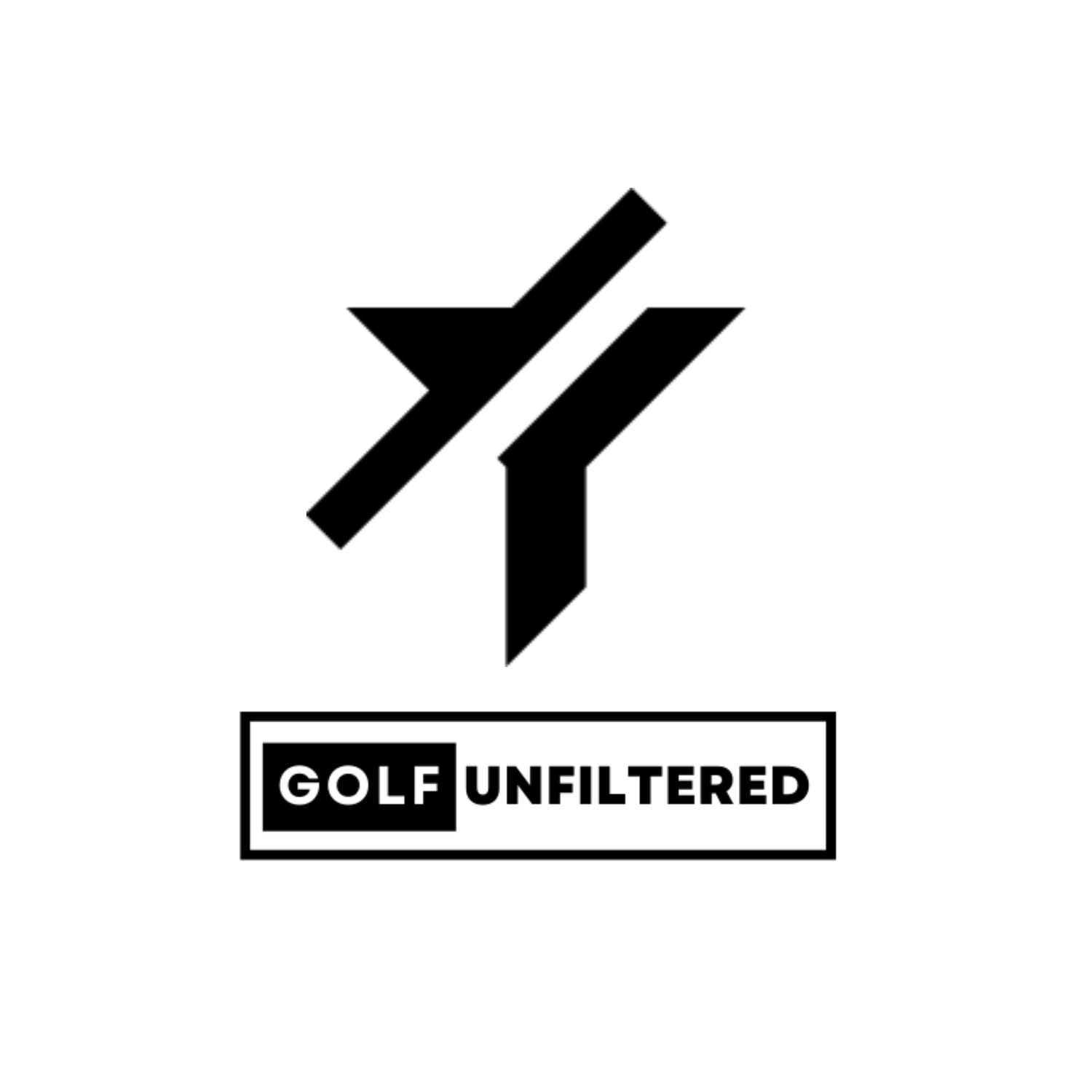The 80/20 Principle of Golf
If you want to challenge your creativity, to go outside of your comfort zone and get better quicker then read on, this article is for you.
PARETO’S PRINCIPLE
You have maybe heard of the 80/20 rule (also known as Pareto’s Principle). Its a general rule that states that 80% off the outcomes can be attributed to 20% of the causes. Don’t spend countless hours working on things that will impact your score very little. Read on as we discuss how to get the most from your practice, how to shortcut the drudgery and engage your brain in a new way.
GOLF IS JUST A GAME
When your wage is on the line, a tournament becomes a very serious week and perhaps thats the mistake a mini-tour player might make. We watch Bubba curve it round the trees, Rickie and Rory joke and laugh in the final pairing of The Open Championship and marvel - how can they be so relaxed? The cliche does hold true, it is just a game. They play for victory. Games by nature have a degree of randomness and reward aggression.
GETTING OUT OF YOUR OWN WAY
Personally I look back at my own golf and think when did I most outperform my technical ability? How did I achieve my best scores when I wasn’t able to practice much, my golf consisting of 9 holes in the summer evenings with friends.
I believe that the way we played was instrumental in developing my attitude to the game. (How could I ever turn away from a game that has shown me such fun?) I see many low handicappers and professional friends lose interest in the game. They aren’t quitters, they aren’t soft and they have definitely given it their full attention over years of dedication.
But the exactness and loneliness of the pursuit of ‘better’ combined with the wrong perspective on improvement has defeated them.
Did they not have what it takes or did they chase performance in the wrong areas?
THE PURPOSE OF FUN
On those summer evenings we never kept score. There was no winner, just memorable shots. There were no rules. Hit when you want, change your lie, play another ball, don’t bother with a marker. Absolutely any form of mental intimidation was acceptable. We played from the wrong tees, sometimes making up a par 6.
We were challenging our creativity, we were testing our mental strength, our resilience and we were having fun. It forced us to acknowledge that it was a game and that being out of your comfort zone could be a positive thing.
MUSCLE MEMORY
Varied training prevents it becoming drudgery or becoming an isolated skill that will not transfer under pressure. Rather than feeling good about hitting 500 hundred balls you will learn to judge your practice by its quality. Habit formation improves greatly in all fields when challenges are present and emotion is created. More emotion equals more memory - the brain is engaged.
If that brilliant four iron you hit on the range is one of five hundred shots that day how will you ever remember that? What if after those five hundred balls you went on the course and hit a brilliant four iron 220 yards over water to ten feet? You would remember that! We know that muscles have no memory, your brain is responsible for movement. Without this positive emotion and powerful memory recall, little is gained.
THE 'TRY HARDER' FALLACY
Many think that better means repetitive grinding, going through the motions of appearing dedicated, showing to all how serious we are about getting better. Revelling in the glory of ‘digging it from the dirt’, measuring achievement in time spent or number of balls hit.
Why not judge yourself by your creativity and mental freedom? Is that not what peak performance is all about? Getting out of your own way, eliminating excess thought, playing on instinct and joy are all features of ‘the zone’. Why not search for these in your practice in training? Or is that elbow position really going to make a difference?
Why are drills so effective at creating big changes? They enforce a feeling without conscious thought. It’s hard to practice the instinct to balance unless you challenge yourself by hitting balls with only one leg in position for instance.
Try some ‘Happy Gilmore’ shots or perhaps a mild version by stepping on and off the ball. Notice how hard it is to create change or think too much when a swing at the ball starts from a very dynamic position.
Practice your short game with only one club like Seve - try and hit every trajectory with one loft. Make it harder by using less loft. Seve became a master with a long iron only!
Play most of your practice rounds with a half set. This makes you versatile and adaptable. Never again will you feel uncomfortable between clubs.
Next time you are on the course with a friend choose each others shot requirements and only as you settle over the ball, so like a footballer you will have little time to process and create the shot.
GOLF IS JUST A SPORT, TREAT IT LIKE ONE
We tend to think our sport is special. We think it is more difficult than others and has its own set of rules for success. It isn’t. Success under pressure means embracing your creativity and reactions and your unconscious ability.
Make each session on the course or range as unique as possible. Make performance gains quicker than ever before.
(Malcolm Isaacs is a fellow golf blogger who maintains MeandMiBlog.com. He can be reached via email at malcolmisaacsgolf@gmail.com.)
